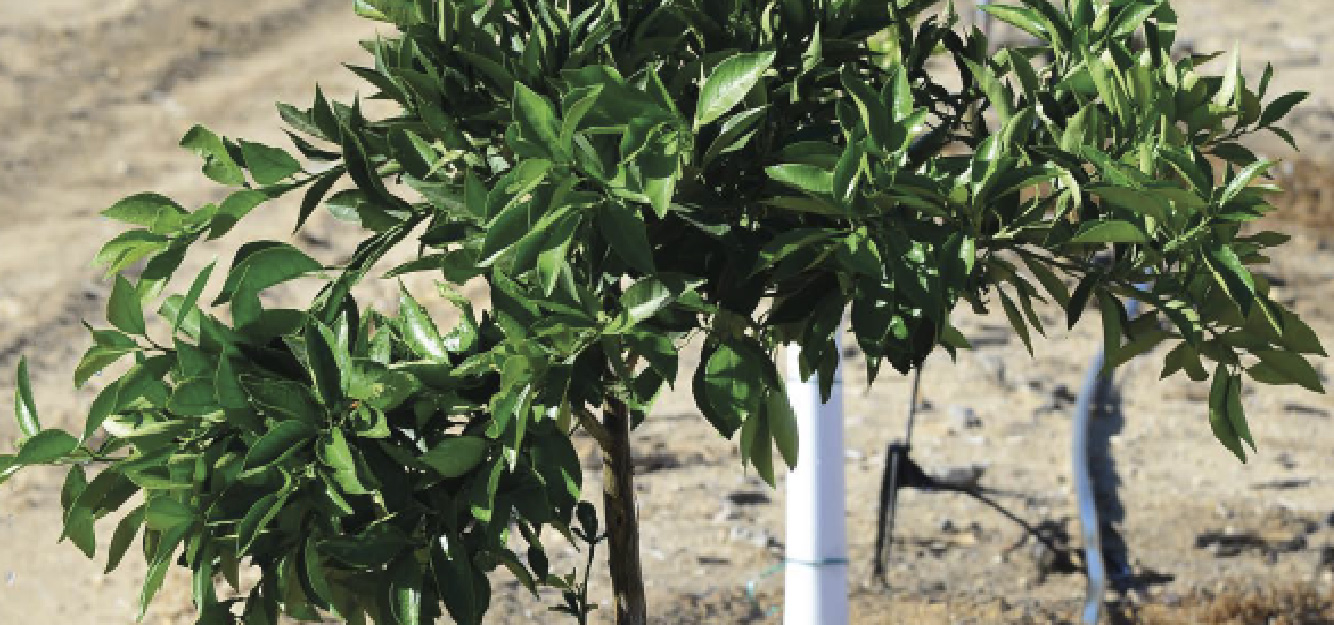Chile recently announced an unprecedented plan to ration water for the capital of Santiago, as the country enters a record-breaking 13th year of drought. Severe droughts are occurring in Eastern Africa and particularly in Madagascar, causing a severe famine with over 1 million people affected. In Cameroon, conflict has broken out over access to water. In the western United States, a drought that started in 2000 is now the driest two decades in 1,200 years.
A new publication, Drought and Water Scarcity, being launched on May 11 at the United Nations Convention to Combat Desertification (UNCCD) conference in Abidjan, Cote d’Ivoire, explains drought and its relation to water scarcity in order to help countries implement appropriate risk management strategies. The publication is being released by the UNCCD, the Integrated Drought Management Programme (IDMP – a joint programme of Global Water Partnership and the World Meteorological Organization), and the Food and Agriculture Organization (FAO).
“Unfortunately, it often takes a crisis to get people’s attention,” said Darío Soto-Abril, Executive Secretary of Global Water Partnership (GWP). “Droughts often get less media attention because they develop slowly over time. But we often know months if not years in advance that water shortages are coming because we can measure rainfall and dam and groundwater levels. Their impacts can be severe. At their worst, they cost lives. They also exacerbate poverty and adversely affect economic growth, health and well-being, political stability, and the environment.”
Drought and Water Scarcity notes that drought is a natural climatic feature of below-average precipitation, which can last for months or years, while water scarcity results from a long-term imbalance between water demand and supply. Droughts can trigger or amplify water scarcity, while water scarcity can aggravate droughts. The impacts of both are often the same, with agriculture and food security usually the most severely affected.
Valentin Aich of GWP, who served on the publication’s editorial board and was one of its scientific editors, said, “There are no quick fixes. Proactive approaches are needed such as strengthening monitoring and early warning systems, risk mitigation measures, and long-term adaptation strategies to build resilience.” He noted that the IDMP has a HelpDesk that provides tailor-made support to countries on drought management policy and practice.
Over one in four people live in countries affected by water stress, and by 2050, more than 5 billion people might suffer from water scarcity, threatening 45% of the world’s economy, according to a FAO report.

